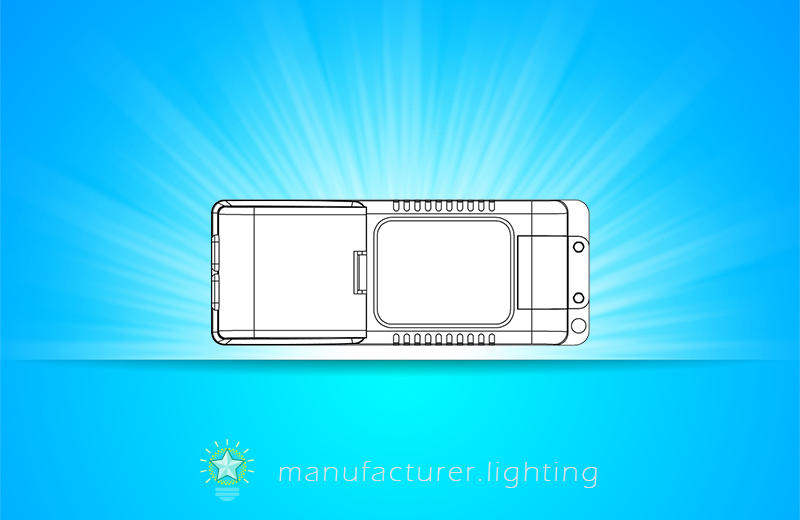
An LED driver is known which drives LEDs to emit light by implementing a full-wave rectified waveform received from an AC commercial power supply straight to an LED array. The LED driving circuits can be grouped into linear converters and switch-mode converters. Linear LED drivers can be directly plugged into utility alternating current (AC) voltage and power up an array of LED devices without resorting to bulky and costly switching-mode LED drivers. The switch-mode converters are recommended over the linear converters for the reason that the switch-mode converters have higher efficiency as opposed to linear converters, and, in most cases, power transistors, such as bipolar junction transistor (BJT), metal oxide semiconductor field effect transistors (MOSFET) and various types of transistors, are employed as the power switches. The power switches typically receive pulse-frequency-modulated (PFM) and/or pulse-width-modulated (PWM) control signals from respective controllers. Nevertheless this brings complexity and cost to the overall system; there is a growing interest in so-called "direct-to-mains" driving of LEDs. A non-isolated linear LED driver offers remarkable affordability and reliability and can be designed to have a very small profile. Without the presence of extra bulk and cost of a transformer, inductors, and, particularly, electrolytic capacitors, the driver can be made very compact and the destructive effects of capacitor aging can be minimized. Linear driver is one of major driving schemes for LED lighting system and has features of simple design and immunity to electromagnetic interference (EMI). For general linear LED drivers, inferior efficiencies are their major negatives. A linear LED lighting driver delivers inadequate illumination power when the utility AC voltage is lower, on the other hand it supplies excessive illumination power when the utility AC voltage is higher. Common solutions for increasing efficiencies are to divide a string of LEDs into a number of sections, and choose one section or multiple sections thereof to serve as a load in line with the voltage of a full-wave rectified line input voltage. Linear driver also causes harmonic current distortion. International standard IEC 61000-3-2 regulates to limit harmonic current distortion and a lot of linear drivers cannot meet the criteria.
